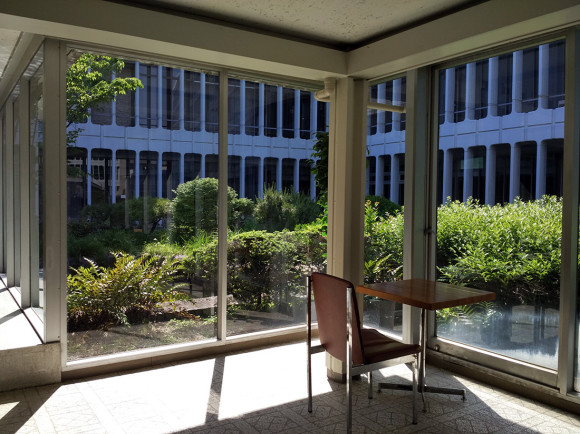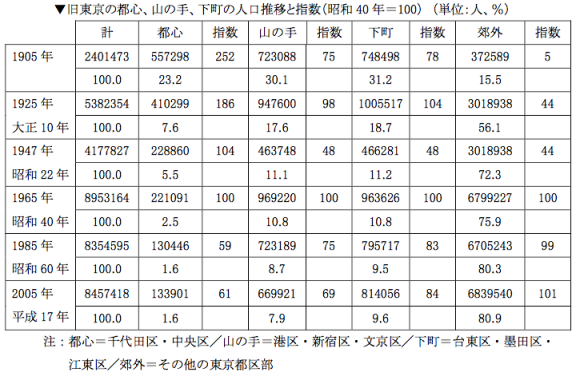I re-read Matias’s and Rahul’s article on “When Tokyo Was A Slum” on Next City. It makes a good qualitative case as to why the city’s incremental, unplanned growth post-WWII may hold lessons for today’s developing cities. I looked for some quantitative substantiation of their claim that indeed Tokyo was a slum. Here is what I dug up.
Meguro-ku, seen from Town Hall








